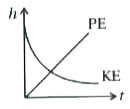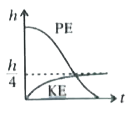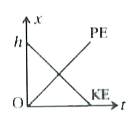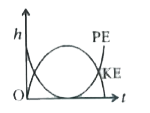Text Solution
Verified by Experts
|
Topper's Solved these Questions
DIGESTION AND ABSORPTION
KUMAR PRAKASHAN|Exercise Question from Module (Important MCQ for NEET)|4 VideosView PlaylistDIGESTION AND ABSORPTION
KUMAR PRAKASHAN|Exercise Question from Module (Question Paper)|11 VideosView PlaylistDIGESTION AND ABSORPTION
KUMAR PRAKASHAN|Exercise Section-E NCERT Exemplar (Short Answer)|10 VideosView PlaylistCHEMICAL COORDINATION AND INTEGRATION
KUMAR PRAKASHAN|Exercise Objective Section (Fill in the blanks)|9 VideosView PlaylistLOCOMOTION AND MOVEMENT
KUMAR PRAKASHAN|Exercise Questions from Module (Give answer as per instructions :)|3 VideosView Playlist
Similar Questions
Explore conceptually related problems
Knowledge Check
Similar Questions
Explore conceptually related problems
KUMAR PRAKASHAN-DIGESTION AND ABSORPTION-Section-E NCERT Exemplar (Long Answer)
- A person had roti and dal for his lunch. Trace the changes in those du...
05:05
|
Playing Now - What are the various enzymatic types of glandular secretions in our gu...
03:54
|
Play - Discuss mechanisms of absorption.
09:02
|
Play - Discuss the role of hepato-pancreatic complex in digestion of carbohyd...
09:48
|
Play - Explain the process of digestion in the buccal cavity with a note on t...
09:46
|
Play



